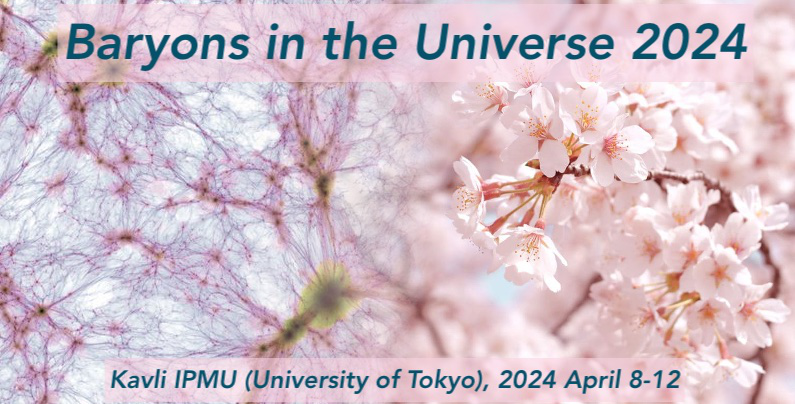Speaker
Description
"Fast radio bursts (FRBs) have recently become a promising and independent new technique to probe the cosmic baryon distribution through their dispersion measures (DM). Despite the wealth of information provided by spectroscopic surveys and constrained simulations of the D<100Mpc Local Volume, a reliable DM model is still lacking for the Local Volume.
In this presentation, I will introduce an innovative Local Volume DM model is composed of three key parts: (i) the DM of the Milky Way's Interstellar Medium, calculated using the NE2001 model; (ii) the DM of the Milky Way's halo and the intra-group medium (up to 3.4 Mpc), derived from HESTIA, a series of hydrodynamic simulations constrained by the peculiar velocities of nearby galaxies; (iii) the DM of the remaining areas within the local volume, determined using data from the NASA/IPAC Extragalactic Database. This comprehensive model will soon be available as a Python package. As the most realistic model to date for DM in the local volume, it promises to improve the constraints of DM contributions from the Intergalactic Medium (IGM) and Circumgalactic Medium (CGM) of FRBs, thereby enhancing the accuracy of cosmic baryon distribution calculations based on DM analysis of FRBs."

